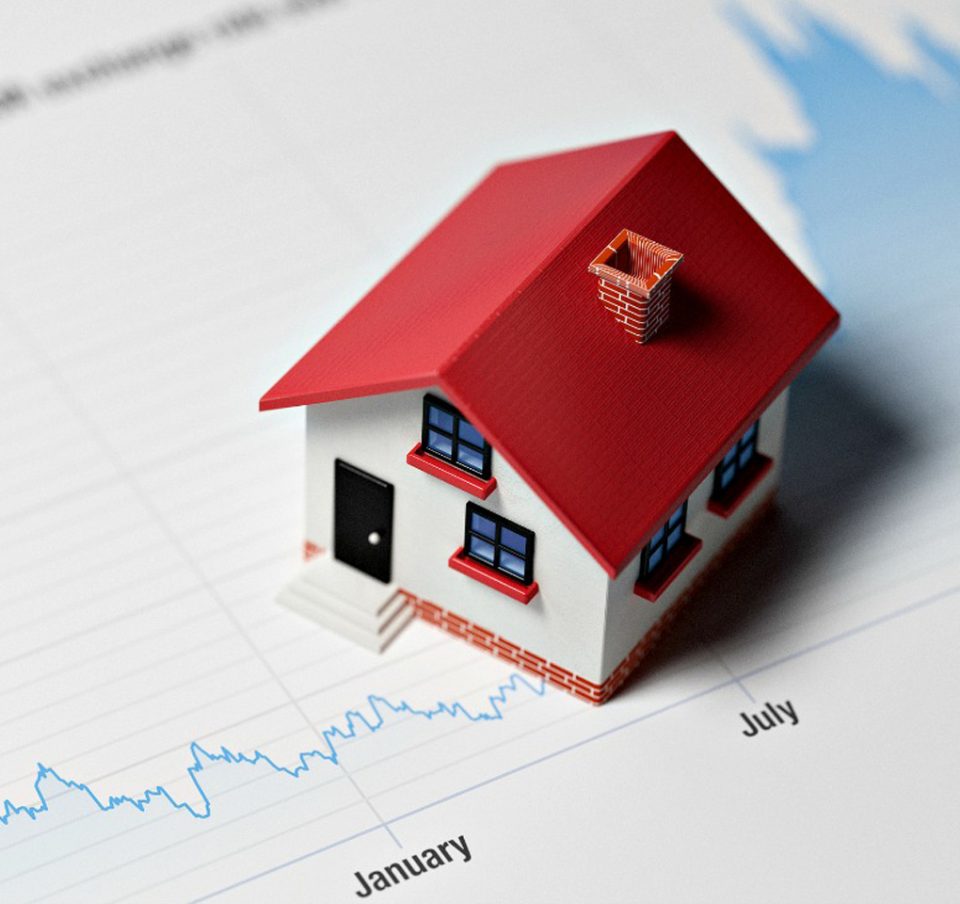This summer, it’s not just vacationers who are feeling the heat. Homebuyers, too, are navigating a scorching housing market where affordability remains a significant challenge. According to the latest data from the National Association of Realtors, the median price for existing homes has reached an unprecedented $419,300. Despite hopes for relief, there are few signs that either home prices or mortgage rates will decline soon.
What to Expect in Q3 2024
The third quarter typically marks the end of the peak real estate season that spans spring and summer. Rob Barber, CEO of ATTOM, a real estate data firm, notes, “The supply of homes usually increases in the summer, as it’s the most convenient time for families to move before school starts. This uptick in demand typically pushes prices up during the season.”
However, higher demand is making an already tight real estate market even more competitive, explains Dennis Shirshikov, an economics professor at City University of New York. He says, “As the housing supply tightens, competition among buyers increases, driving prices higher.”
Yet, some experts believe that this year’s third quarter could break from tradition. Rick Sharga, President and CEO of CJ Patrick Company, remarks, “Since the COVID-19 pandemic, typical seasonal patterns have been disrupted. Historically, home sales peaked in the second and third quarters and slowed in the winter. But recently, sales have peaked in early months like January or February, and then declined throughout the year. This pattern seems to be repeating in 2024, with sales peaking in February.”
Current trends indicate that mortgage rates remain high and home prices are at record levels, presenting significant financial challenges for buyers. Barber suggests that any increase in home prices and sales this summer is likely to be more modest compared to recent years.
Q3 2024 Mortgage Rate Outlook
As of June 19, the average rate for a 30-year fixed mortgage was 7.03%, while a 15-year fixed mortgage was 6.38%, based on Bankrate’s survey of major lenders. A year earlier, the 30-year rate was 5.78%. What do experts predict for mortgage rates this quarter?
“We might see a slight decrease in mortgage rates if inflation cools and the Federal Reserve starts cutting rates,” says Ted Rossman, a senior analyst at Bankrate. “However, the prevailing trend is ‘higher for longer.’ At the start of 2024, there was hope that the average 30-year fixed mortgage rate would fall below 6% by year’s end, but that might not happen until the latter half of 2025.”
Rossman expects that 30-year fixed rates will average in the high 6% to low 7% range over the next three months, while 15-year loans might average in the low 6% range.
Rick Sharga is similarly pessimistic about significant rate reductions in the near future. He predicts, “30-year fixed mortgage rates will likely stay between 7.0% and 7.5% through Q3, with 15-year rates averaging between 6.25% and 6.75%.” CoreLogic economist Molly Boesel anticipates an average 30-year mortgage rate of 6.85%.
Where Home Prices Are Headed
Typically, home prices increase during the summer due to higher demand and lower inventory. With the current scarcity of homes, significant price reductions are unlikely.
“Prices are expected to rise by 5.9% year-over-year and 1.5% from the previous quarter,” says Boesel. “Homes will continue to sell quickly, but with low inventory, we expect only a 5% increase in sales compared to a year ago.”
Sharga points out an interesting trend: “Altos Research indicates that about 35% of listed properties have seen price reductions, which is higher than usual for this time of year. While this doesn’t suggest a nationwide price drop, it could indicate that prices are becoming more rational.”
Q3 Housing Inventory Predictions
Between July and September, don’t expect a significant increase in home supply. Experts agree that inventory will likely remain much lower than needed.
“The good news is that supply is up about 35% from 2023 levels,” says Sharga. “However, it’s still less than a three-month supply nationwide, half of what’s needed for market equilibrium. Inventory is particularly tight at the entry level, driving competition among buyers and investors.”
Many homeowners who secured low mortgage rates in previous years are reluctant to sell and face higher rates for their next purchase. “ATTOM data shows nearly 40 million purchase loans were issued during a long period of low rates, leaving tens of millions of homeowners with little incentive to sell,” Barber explains. “The St. Louis Fed data indicates that the number of homes for sale is down about 50% from five years ago. While new home construction helps, it likely won’t meet the demand.”
Strategies for Homebuyers and Sellers
For prospective homebuyers, patience and strategy are key in this competitive market.
“Be patient and strategic,” advises Shirshikov. “With higher mortgage rates, it’s crucial to shop around for the best deals and consider locking in a favorable rate. Look for properties that have been on the market for a while, as sellers may be more open to negotiation.”
Consider your finances carefully: “If you have a solid down payment and enough savings to cover ongoing expenses, and plan to stay put for a while, it may be wise to buy now,” suggests Rossman. “Just avoid overextending yourself financially. You might be able to refinance in the future if rates drop.”
Sellers should be mindful of timing. “The third quarter marks the end of peak season for many sales and prices,” Boesel says. “As the year progresses, expect longer times on the market and potentially lower prices compared to summer.”
If you’re planning to sell, think about your next move and the associated costs. “Selling your current home for a high price is great, but your next home has likely increased in value too,” Rossman cautions. “The ideal situation is downsizing or moving to a less expensive area. However, if you’re staying in the same region and upgrading to a more costly home with a higher mortgage rate, it will be tougher to manage financially.”
Source: Yahoo Finance

